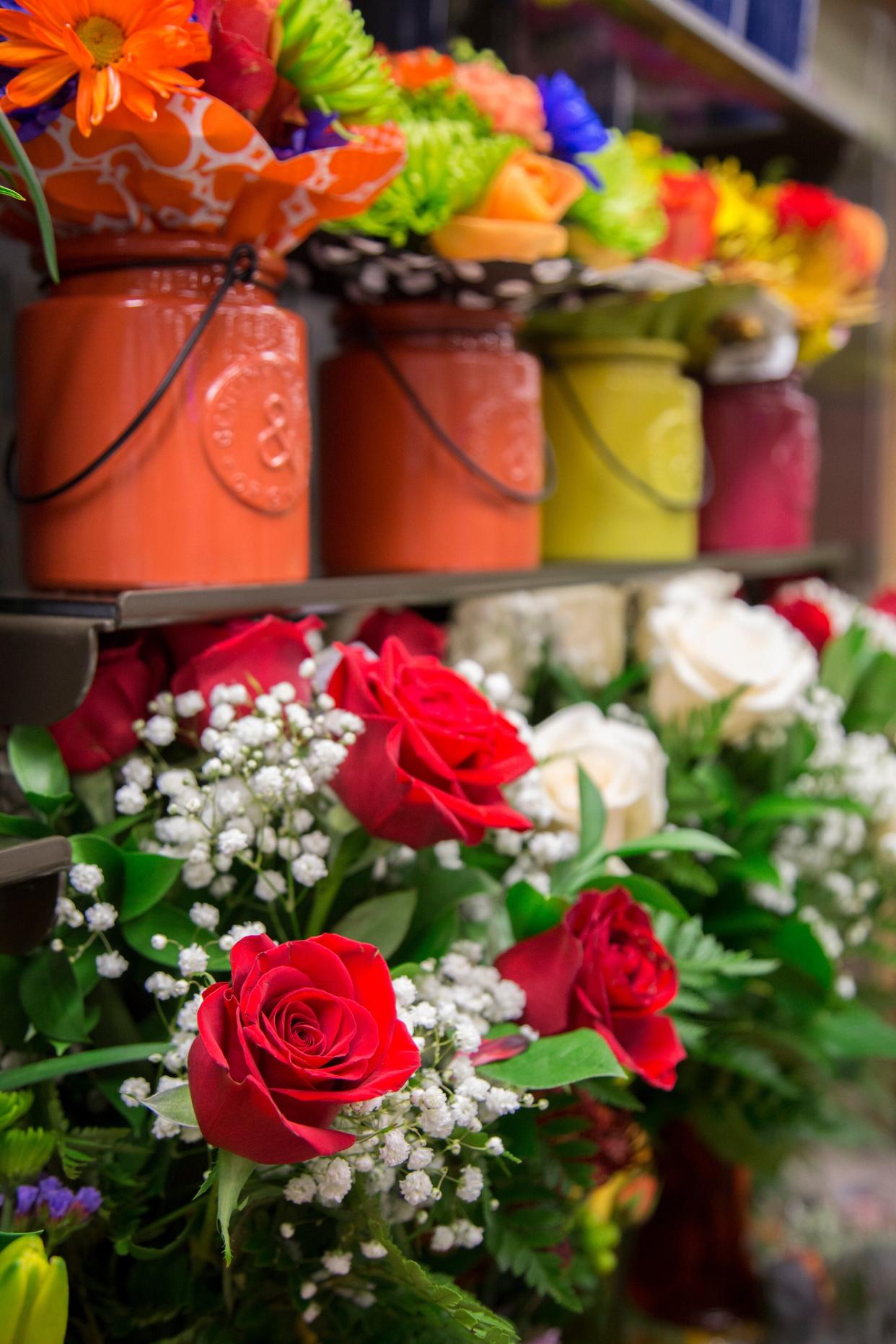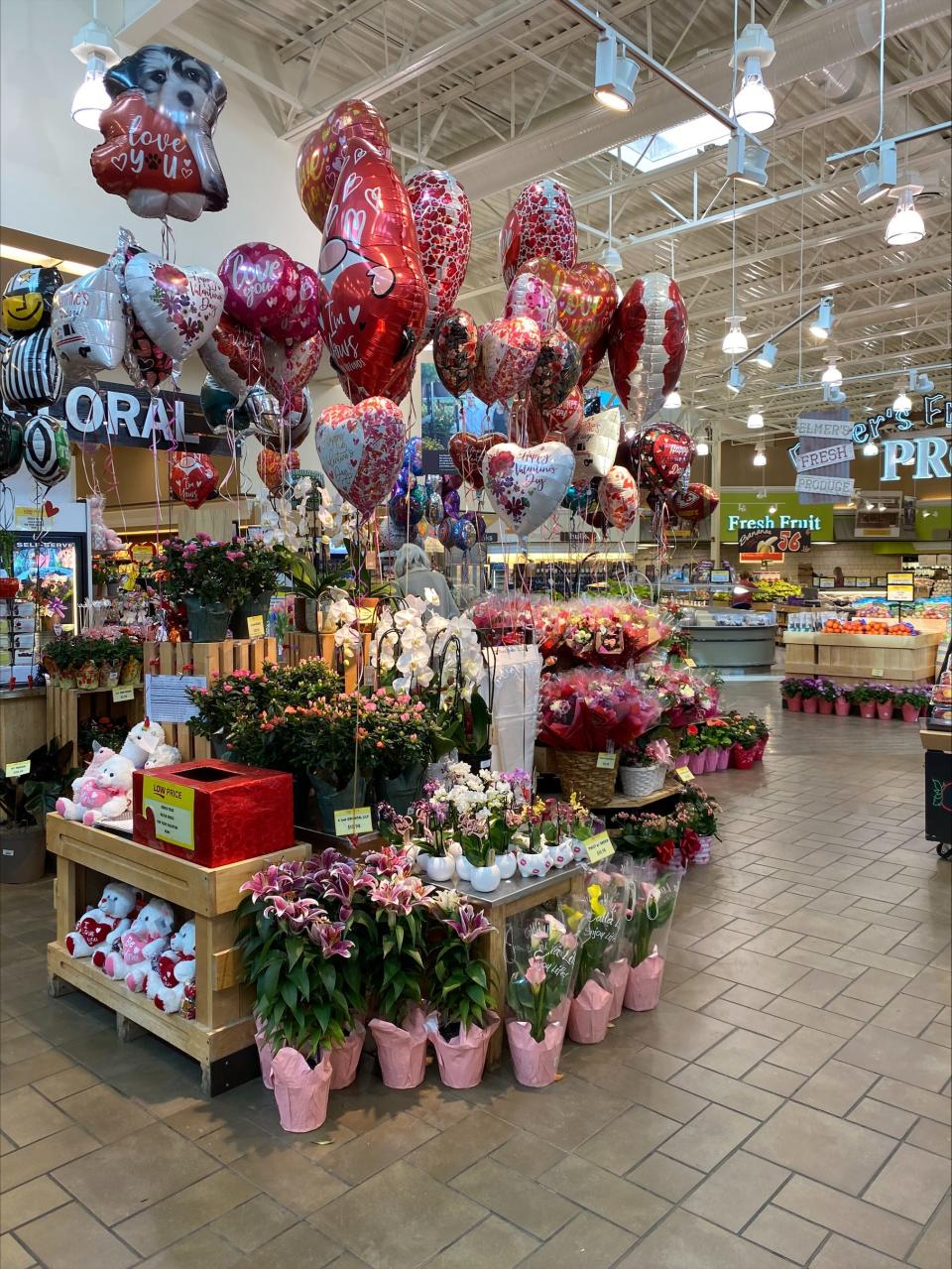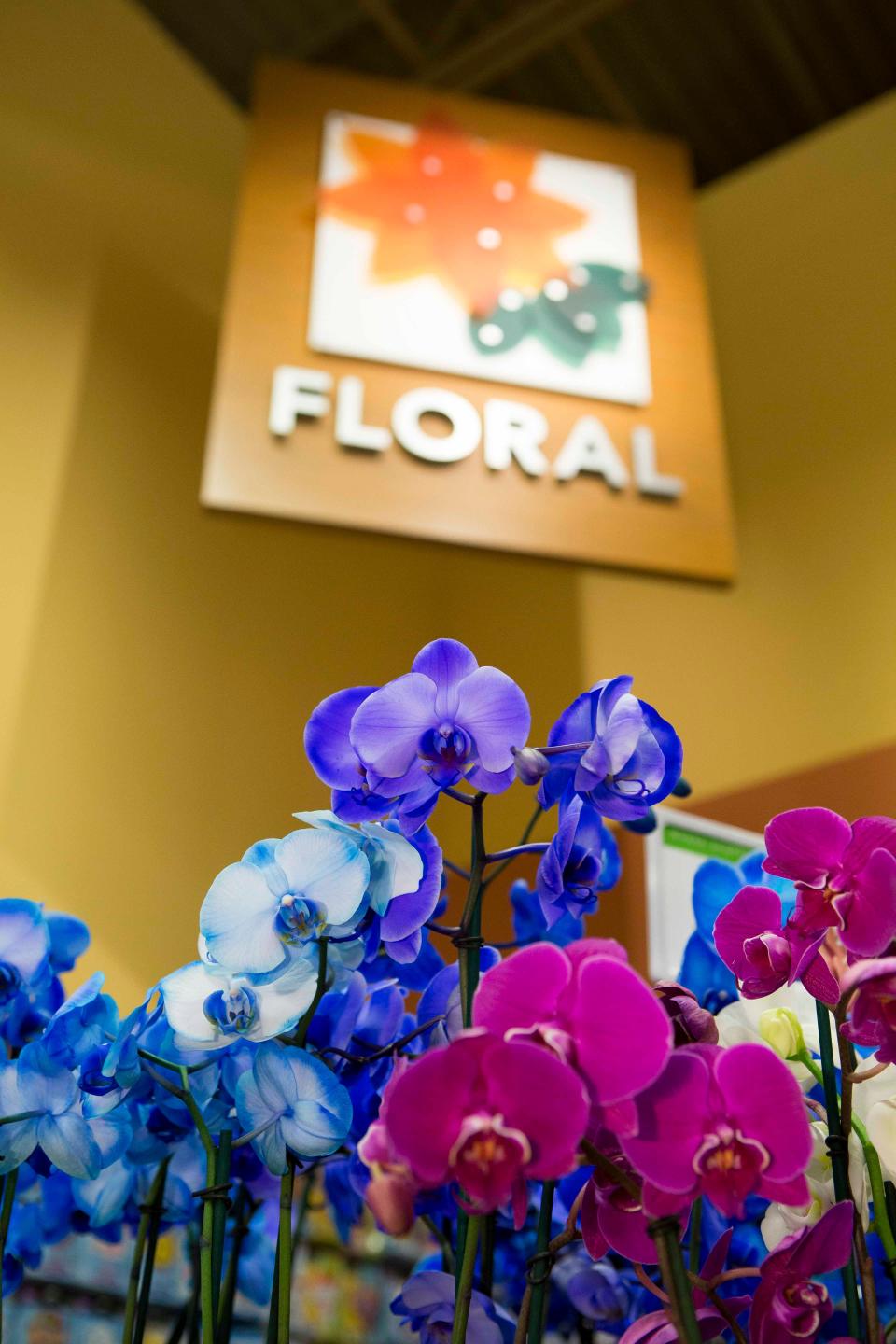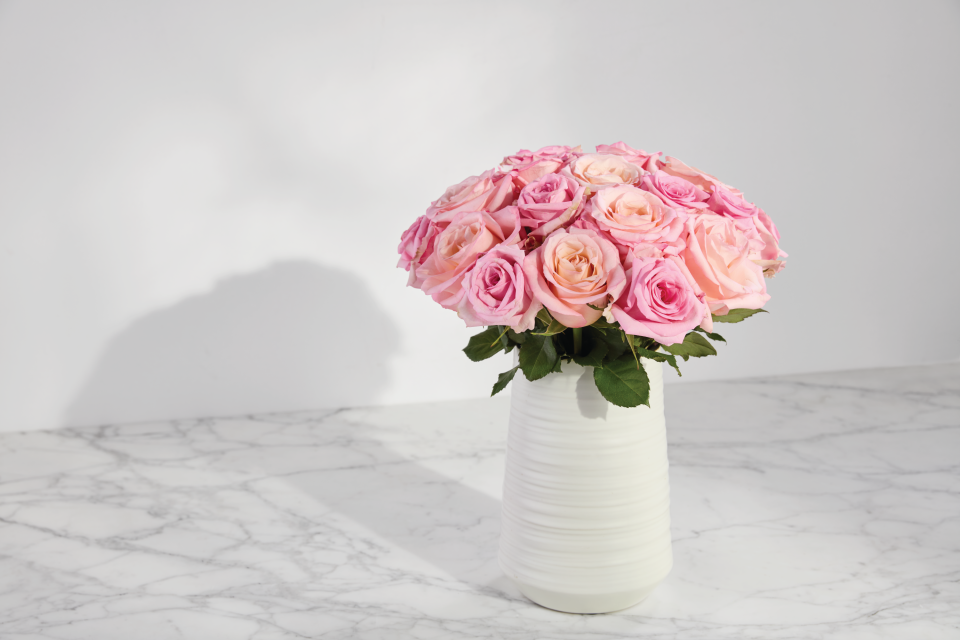Answer Woman: Where do grocery stores source flowers? Higher sales at Valentine's Day?

ASHEVILLE - A reader questions supermarkets’ tactics for picking fresh flowers for its retail stores. Got a question for Answer Man or Answer Woman? Email Interim Executive Editor Karen Chávez at KChavez@citizentimes.com and your question could appear in an upcoming column.
Question: "During our most recent cold snap I made a visit to the grocery store. I'm always impressed with the continual supply of fresh flowers that major supermarkets always have. And of course, Valentine's Day is just around the corner where roses seem to be the flower of choice. I know that in Mills River there are a lot of greenhouses, but I don't think the flowers in our supermarkets come from there. What are the various sources for the flowers? Do they come from inside the United States or from overseas? From the time they are cut how long does it take for them to arrive in their various Asheville locations? What kind of increased volume is there during the Valentine's holiday?"

Answer: Like any other products on the shelves, grocery stores work with multiple suppliers to stock their floral departments. In the case of flowers, they may come from various states in the U.S. or as far as Holland or South America.
Ingles Markets, Publix Super Markets and Whole Foods Market representatives provided an overview of how and where the companies get their freshest floral assortments year-round, even in the colder seasons.
More:Answer Woman: Chick-fil-A still coming to Brevard Road?
Ingles, founded in Black Mountain, receives most of their retail fresh-cut flowers from several different farms in South America, Holland and across the U.S. The potted plants are sourced from several farms in Canada, Michigan, New Mexico, Florida and Holland.
“Some retail chains use several suppliers year-round. Ingles Markets only uses growers that own the farms, which cuts out third party,” an Ingles spokesperson said in an email. “Occasionally we use other sources if necessary. Most farms, regardless of region, have access to greenhouse growing allowing fresh flowers to be available year-round.”

Publix, headquartered in Lakeland, Florida, reports that its cut flowers or bouquets are grown in many regions, though the main source of supply during the winter is Colombia, South America. And potted flowers are grown in central Florida and Canada. However, what’s in stock varies by circumstance.
More:Answer Woman: Isis Music Hall closed? What's next for the building?
“We follow the source of supply based on availability, time of year, and weather conditions,” a Publix spokesperson stated in an email. “For example, it gets too hot in July, August and September to grow certain items in central Florida, so we source a supply in a growing region where the weather is more supporting of that crop.”
Whole Foods, established in Austin, Texas, marks its flowers with Sourced for Good seal which indicate they were obtained from one of its collaboration partners. The Sourced for Good initiative spotlights the company’s suppliers and commitment to supporting workers, communities and the environment where the market’s products are sourced.

Whole Foods’ tulips come from the West and East coast farms, Bloomia Farms in King George, Virginia ― certified by the Fair Food Program ― and Sun Valley Group in Arcata, California ― certified by the Rainforest Alliance.
Agrocoex in Quito, Ecuador is a fair-trade supplier of roses, which are said to be “grown on farms at a lofty elevation of more than 10,000 feet in the Andean foothills.”
Read more about Sourced for Good flowers and products on the company’s website, wholefoodsmarket.com/mission-values/sourced-for-good
Roses are the go-to flower for Valentine’s Day, a holiday when the markets see flower sales bloom.

At Whole Foods, a popular pick for Valentine’s Day is the Double Dozen Bunches of Roses, a 24-stem bouquet of single-colored roses that the company markets to “last-minute shoppers.”
Ingles’ floral volumes sold vary but increase year-to-year, with the most popular choice being the mixed bouquets with a variety of stems. Bouquets are sold daily, and the grocer reported peak sales at Thanksgiving, Christmas and Easter. However, Valentine’s Day and Mother’s Day are the most popular for flower sales.
Publix’s bounty of blossoms includes hydrangeas, tulips, roses, orchids, daffodils, bouquets, arrangements and more.
“Roses are by far the number one item for Valentine’s Day,” the Publix spokesperson wrote.
Tiana Kennell is the food and dining reporter for the Asheville Citizen Times, part of the USA Today Network. Email her at tkennell@citizentimes.com or follow her on Twitter/Instagram @PrincessOfPage. Please help support this type of journalism with a subscription to the Citizen Times.
This article originally appeared on Asheville Citizen Times: Answer Woman: Ingles, Publix, Whole Foods flowers for Valentine's Day?

